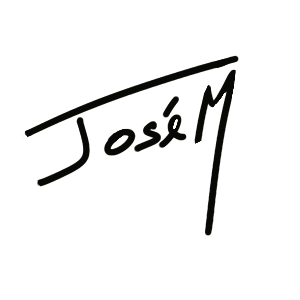The life of an artist is a waltz between inspiration and challenge, a delicate balance to maintain a creative mind amidst the ebbs and flows of the artistic journey. While the allure of creation is captivating, artists often grapple with an array of challenges that threaten to obscure the clarity of their creative vision.
One of the foremost challenges artists encounter is the relentless pursuit of inspiration. Creativity, though boundless in potential, is elusive in its nature. It doesn't adhere to schedules or deadlines. It arrives unannounced, sometimes in torrents, and at other times as a mere trickle. The artist navigates through the unpredictable terrain of inspiration, facing moments of drought and abundance, learning to coax the muse out of the shadows.
Moreover, the weight of expectations can bear heavily on an artist's shoulders. Whether self-imposed or external, the pressure to consistently produce remarkable work can stifle creativity. The fear of failure or falling short of perceived standards becomes a formidable obstacle, casting shadows over the free-flowing exploration that fuels artistic expression.
In the digital age, distractions multiply, inundating artists with a cacophony of stimuli that vie for attention. Social media, emails, and the incessant buzz of notifications disrupt the serene sanctum of creativity, fragmenting focus and diluting the intensity required for deep artistic immersion.
Furthermore, the artist faces the challenge of self-doubt—a relentless companion that whispers insecurities and undermines confidence. The vulnerability of putting one's soul into art makes the artist susceptible to the tumultuous waves of doubt, questioning the validity and worth of their creations.
The practical aspects of the artist's life also pose significant hurdles. Financial instability, the necessity of balancing multiple jobs or projects, and navigating the complexities of the art market can drain creative energy. The burden of administrative tasks, marketing, and networking can encroach upon the precious time and mental space needed for artistic exploration.
Additionally, the artist often treads the fine line between solitude and connection. While solitude fosters introspection and deep dives into creativity, isolation can become a breeding ground for stagnation. Conversely, too much external influence and collaboration can dilute the artist's unique voice.
However, amidst these challenges lies the resilience of the artistic spirit. Artists persevere, finding ways to navigate the labyrinth of obstacles. They embrace vulnerability, transforming it into a source of strength. They seek balance, learning to tune out distractions and cultivate environments conducive to creativity. They harness the struggles, turning them into catalysts for growth and innovation.
Ultimately, maintaining a creative mind as an artist is a dynamic dance—a constant negotiation between chaos and serenity, doubt and conviction, solitude and connection. It's a testament to the unwavering dedication and unwavering passion that drives artists to pursue their craft despite the hurdles, knowing that within the challenges lies the essence of artistic evolution and fulfillment.



